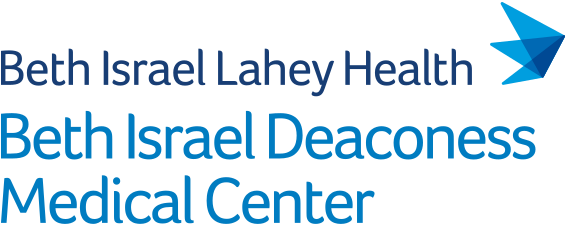PURPOSE: To evaluate the representation of women as speakers at U.S. radiology annual scientific meetings (ASM).
METHODS: This retrospective study analyzed speaker demographic data from the Society of Interventional Radiology (SIR) and American Roentgen Ray Society (ARRS) ASM between 2019 and 2022. Speaker gender was identified through publicly available profiles, and the percentage of female speakers was calculated for each year. Statistical significance of trends was determined using chi-squared tests, and linear regression analysis was employed to assess trends and to predict future representation.
RESULTS: At the SIR ASM, female representation increased from 20.0 % (67 of 334 speakers) in 2019 to 26.5 % (90 of 340 speakers) in 2022. Chi-squared tests showed a statistically significant increase when adjusted for the percentage of female membership. At the ARRS ASM, female representation fluctuated, dropping from 36.6 % (104 of 284 speakers) in 2019 to 17.7 % (43 of 243 speakers) in 2020, then rising to 48.5 % (190 of 392 speakers) in 2022. A chi-squared test revealed significant variation in female representation across the years (p < 0.0001).
CONCLUSION: While both ASM showed an overall positive trend in female speaker representation, SIR demonstrated consistent increases, whereas ARRS exhibited significant fluctuations. Continued efforts in advocacy and targeted interventions are needed to sustain progress and address the gender gap in radiology.
